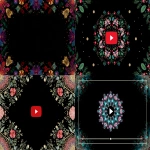Explore the Best AI Image Gallery
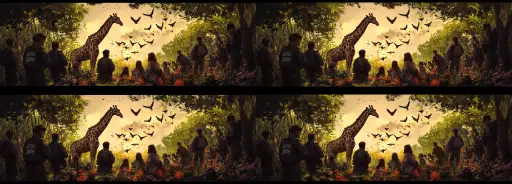
Blockchain in Finance: A Creative Revolution?
The finance world has long been intrigued by blockchain technology, known for its transparency, security, and ability to revolutionize transactions. But what about its impact on the creative industry? While not immediately apparent, blockchain offers a range of possibilities that could significantly reshape how creatives work, collaborate, and monetize their work.
Unlocking Creative Potential with Blockchain
Blockchains decentralized nature empowers creators by giving them direct control over their intellectual property (IP). Smart contracts, self-executing agreements embedded within the blockchain, can automate royalty payments, ensuring artists receive fair compensation for their work every time it is used or sold. This eliminates intermediaries and reduces the risk of exploitation, fostering a more equitable creative ecosystem.
NFTs: Bridging the Gap Between Art and Finance
Non-fungible tokens (NFTs) have emerged as a powerful tool for artists to tokenize their creations, establishing verifiable ownership and authenticity. Blockchain acts as a permanent record of ownership, preventing counterfeiting and ensuring transparency in the art market. NFTs enable artists to sell their work directly to collectors, bypassing traditional galleries and gaining greater control over pricing and distribution.
New Avenues for Collaboration and Funding
Blockchain facilitates seamless collaboration among creators across geographical boundaries. Decentralized platforms can connect artists, musicians, writers, and other creatives to share ideas, co-create projects, and build communities around shared interests. Furthermore, blockchain-based crowdfunding models empower creators to raise funds directly from their supporters, bypassing traditional funding channels.
Navigating the Ethical Landscape
While blockchain offers exciting opportunities for the creative industry, it also raises important ethical considerations:
- Accessibility and Inclusivity: Blockchain technology can exacerbate existing inequalities if access to resources and technical expertise remains limited. It is crucial to ensure that blockchain benefits all creators, regardless of their background or location.
- Copyright and Intellectual Property: While blockchain can help protect IP rights, it also raises questions about the ownership and control of creative works in a decentralized environment. Clear legal frameworks are needed to address these complexities.
- Data Privacy and Security: Blockchain transactions are transparent and immutable, which can raise concerns about data privacy. It is essential to implement robust security measures and ensure that user data is protected from unauthorized access.
Future Trends Shaping the Creative Landscape
The intersection of blockchain and the creative industry is still evolving rapidly. Here are some key trends to watch:
- Metaverse Integration: Blockchain will play a crucial role in powering virtual worlds and immersive experiences, enabling artists to create and monetize digital art, music, and interactive content within these platforms.
- Decentralized Autonomous Organizations (DAOs): DAOs can empower creative communities by allowing them to govern themselves, make decisions collectively, and distribute resources transparently.
- AI-Powered Creativity: Blockchain can facilitate the integration of artificial intelligence into creative processes, enabling artists to explore new forms of expression and collaborate with AI tools.
Blockchain technology has the potential to revolutionize the creative industry, empowering creators, fostering collaboration, and driving innovation. By embracing its possibilities while addressing ethical considerations, we can unlock a future where creativity flourishes in a decentralized and equitable landscape.
](https://images.ai-img.art/thumbnails/150/36b6085f23efe7a8ac62c91fb01809d120cd15ff13597cec793e079908924ecc.webp)
](https://images.ai-img.art/thumbnails/150/68e444ec85330953140d3c63ee82972f14aace8d886e2bcf780b0ec96a29bf8a.webp)
](https://images.ai-img.art/thumbnails/150/e8f755da912238785c1bf355dd7a1a5897b7cfef4d086758f2eb51155d8595cd.webp)
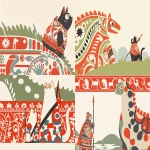
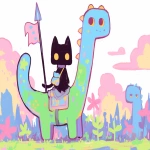

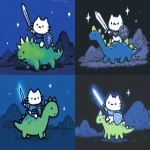


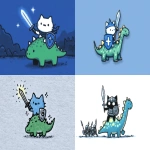
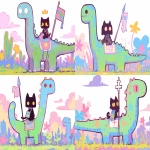
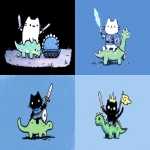
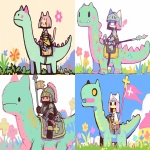
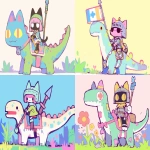
](https://images.ai-img.art/thumbnails/150/ae96b864e516a6126923c569a7d513394361dbf07329852f006df6f47568b24b.webp)

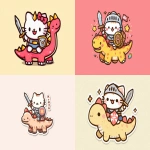



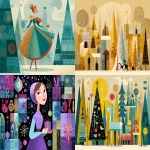
](https://images.ai-img.art/thumbnails/150/ce6ec1b1426cbec5a61b5b54ec1bfe7b6741afa38e1970eb12938328b42f5014.webp)





](https://images.ai-img.art/thumbnails/150/914e426c822e1b066c1f8fab4c7a270d5d5c943940e154be332761d43c24a3b4.webp)
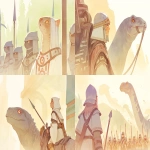
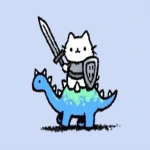




](https://images.ai-img.art/thumbnails/150/e7f3f38be7911f7b19c57b55df8d44f3ccfb5d8a2358367dbf0a45038a548ad0.webp)
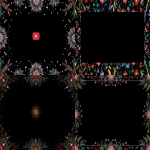

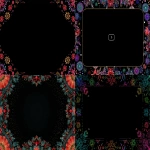

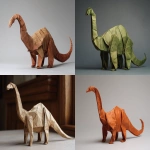
](https://images.ai-img.art/thumbnails/150/d827a4e87be1a1dc939860a367cd80bec922edd62ee683d4eb016d31a0f6dbb0.webp)
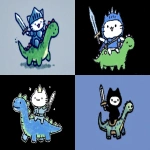
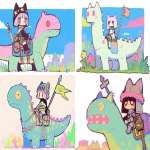
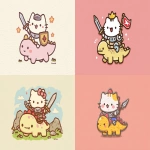
](https://images.ai-img.art/thumbnails/150/18a0648a6907e276383fe223e5e8424317ead4af7ea36bbb15f4fee50ec78dfd.webp)

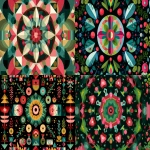
](https://images.ai-img.art/thumbnails/150/6b8cb0ea58c801fe85d44deecd42a7d15bdd1765ba5cd4a927a922d2493be72c.webp)
